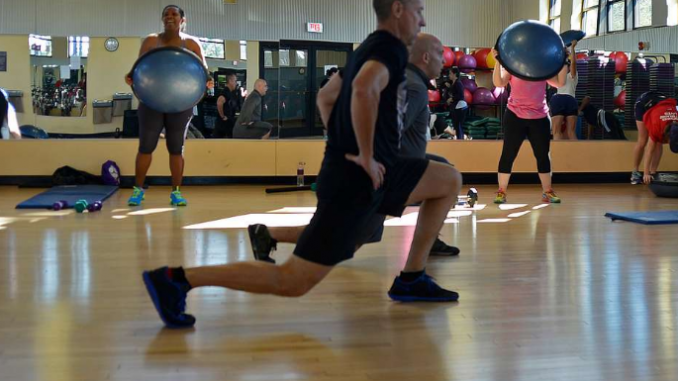
Interval training is a great option if you are looking for a challenging workout. Nearly all gyms offer high-intensity interval training (or HIIT). These sessions require you to push yourself to the limit for as little as a few seconds, up to a couple of minutes. After that, you cool down with a more intense exercise, before picking back up the pace and continuing for several cycles. It’s a popular way to exercise and is praised by many.
It seems impossible to believe that short intense workouts can do as much for your heart and muscles as long endurance training. Scientists believe it is true and may have an explanation.
Hakan Westerblad (a Karolinska Institute professor of physiology, pharmacology, and his associates) took samples from volunteers who alternated pedaling on a stationary bicycle for 30 seconds at maximum intensity with resting for three minutes. The secret to high-intensity workouts was revealed in the muscle cells.
Certain chemical channels that regulate calcium changes in muscle cells were destroyed when they were subject to extreme stress. Calcium is essential for cell signaling. The extreme demands of the exercise cause cells to adjust their energy production and become more efficient. Westerblad says, “What we discovered was a breakdown in these channels that was completely unexpected.” We have never seen anything like it. We observed a high level of free radicals and they were hitting calcium channels. Interval training does not increase the number of free radicals as well as normal training. However, interval training does.
He explains that the change in channels is caused by free radicals in the body’s way of alerting and dealing with extreme stress. “During any type of physical training, the cells sense that there is a problem and tell them so,” Westerblad says. They adapt to the intensity of the exercise so that they are less likely to get hurt.
However, this only works up to a point. Elite athletes are so accustomed to intense, strenuous training that they can tolerate HIIT. Muscle cells in their muscles don’t react as strongly because they don’t view intense exercise as an opportunity to increase their energy levels.
However, this effect can be quite significant for recreational athletes like those Westerblad studied in his lab. A single session of HIIT caused molecular changes in muscle cells, which remained detectable in a muscle biopsy 24 hours later. These changes are happening to prepare the muscle cells for further HIIT sessions. This allows them to remember how much energy and how fast they need to produce it in order to sustain themselves during intense exercise. Interval training is a great way to train your muscles if you don’t like long workouts.
This post was written by Darryl Johnson, Co-Owner of Apex performance. At Apex performance we are a community of highly trained experts looking to provide performance enhancement and a permanent lifestyle change for our clients in a fun and interactive environment. Members can take advantage of group fitness in Tampa, small group classes, and specialized courses for a wide variety of athletics, sports training, and body goals!

Leave a Reply